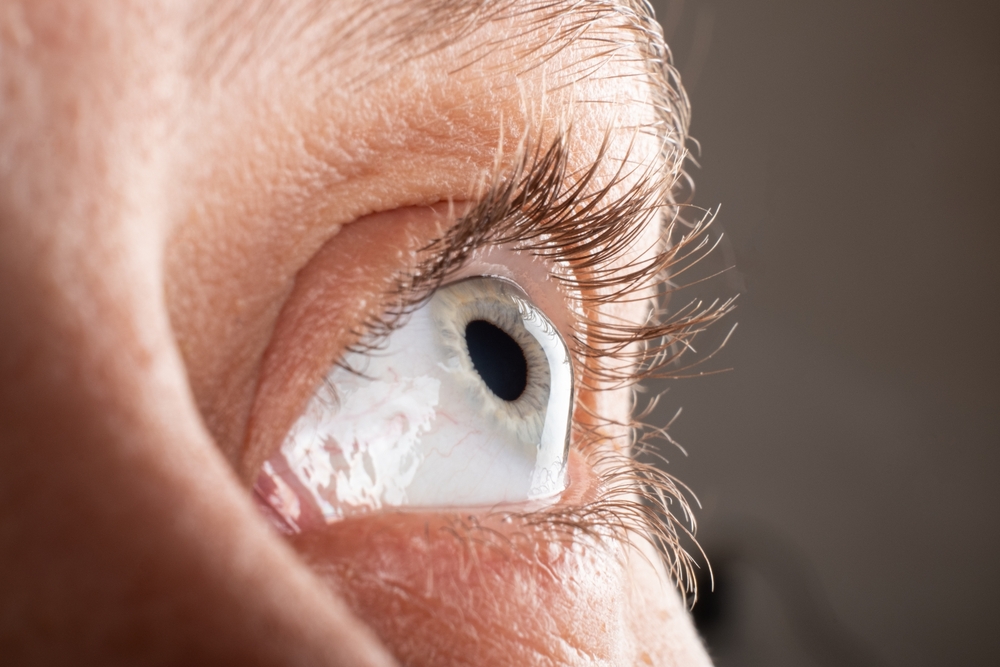
In a world where sight is so critical, learning about ways to maintain and improve eye health is invaluable. Corneal cross-linking represents a significant step forward in ophthalmology, offering a minimally invasive solution to a problem that once required more invasive interventions.
Why Corneal Cross-Linking May Be Considered
Keratoconus is a progressive eye disease in which your cornea thins and begins to bulge into a cone-like shape. This distortion leads to blurred vision and can significantly affect your quality of life. It's a condition that typically manifests in the teenage years or early twenties and can progress for a decade or more. As the cornea becomes more conical, the quality of your vision may decline due to the inability of the eye to focus properly.
Corneal cross-linking is often considered for individuals with keratoconus because it can halt the progression of corneal thinning and deformation. By strengthening the corneal tissue, the treatment aims to prevent further vision loss and potentially eliminate the need for corneal transplants in the future. It's a proactive approach to managing keratoconus, designed to stabilize the condition and maintain current levels of vision.
How Corneal Cross-Linking Works
The science behind corneal cross-linking is fascinating, involving a synergistic combination of a riboflavin solution (vitamin B2) and controlled ultraviolet light exposure. When applied to the cornea, riboflavin acts as a photosensitizer, absorbing the UV light and generating reactive oxygen species. These reactive molecules then promote the formation of additional covalent bonds between the collagen fibers in the cornea, effectively increasing its rigidity and biomechanical strength.
This biochemical reaction is the cornerstone of how corneal cross-linking works. The newly formed cross-links act as support beams, reinforcing the corneal structure and preventing further thinning or bulging. Think of it as adding extra support to a sagging bridge, restoring its ability to bear weight and maintain its shape. For your cornea, this means a return to a more normal configuration and improved visual function.
The Corneal Cross-Linking Procedure
Your journey begins with a thorough eye examination and a series of tests to assess your cornea's thickness and shape. These evaluations are crucial for determining your candidacy for corneal cross-linking and for customizing the treatment to your specific needs.
On the day of the procedure, you'll be asked to arrive at the clinic with a clean face, free of makeup, lotions, or perfumes. You may be given a mild sedative to help you relax, and anesthetic eye drops will be applied to ensure a pain-free experience.
Once you're comfortably seated and your eye is numb, the next step involves gently removing the epithelium, the outer layer of the cornea, to allow for better penetration of the riboflavin solution. After the epithelium is removed, the riboflavin drops are applied to the cornea, and then you are asked to lie back as the solution is given time to saturate your corneal tissue.
With your eye adequately prepared, the UV light is positioned over your eye, and the activation process begins. You'll need to keep your eye steady for the duration of the light exposure, typically around 30 minutes, but you won't feel any discomfort due to the anesthetic. During this time, the riboflavin and UV light work in tandem to strengthen the collagen fibers in your cornea.
Immediately following the treatment, a soft contact lens is placed on your eye to act as a bandage, promoting healing and providing comfort. You'll be given specific aftercare instructions, including the use of antibiotic and anti-inflammatory eye drops to prevent infection and control swelling.
Conclusion
Corneal cross-linking stands at the forefront of contemporary ophthalmic treatments for keratoconus and other corneal ectatic disorders. Its ability to halt the progression of these conditions offers a new lease on vision for many patients.
If you're considering corneal cross-linking or would like to learn more, consult with our professionals who can guide you through the process and determine if corneal cross-linking is right for you. Visit Coastal Vision Medical Group at our office in Chino, California. Call (888) 501-4496 to schedule an appointment today.







